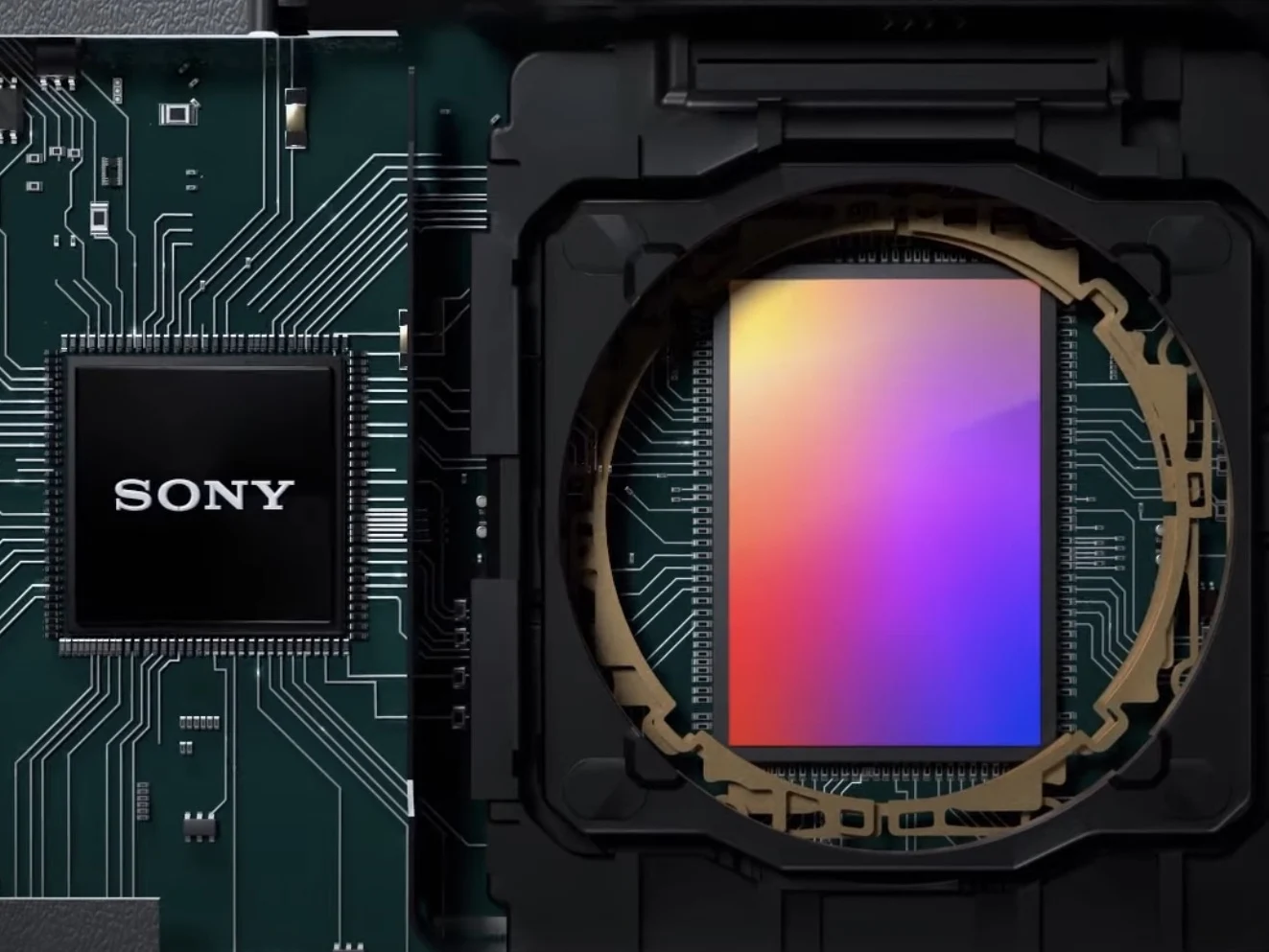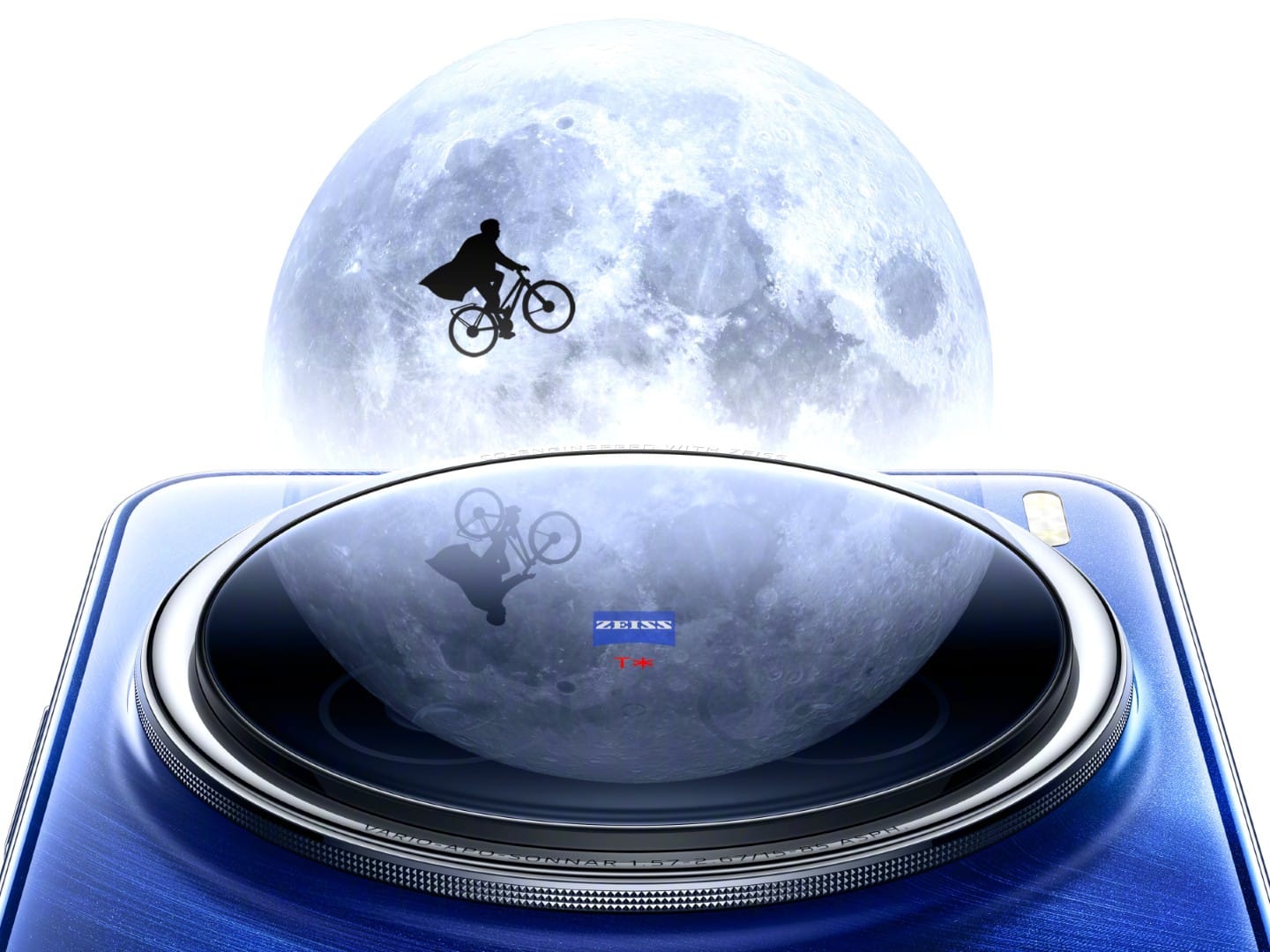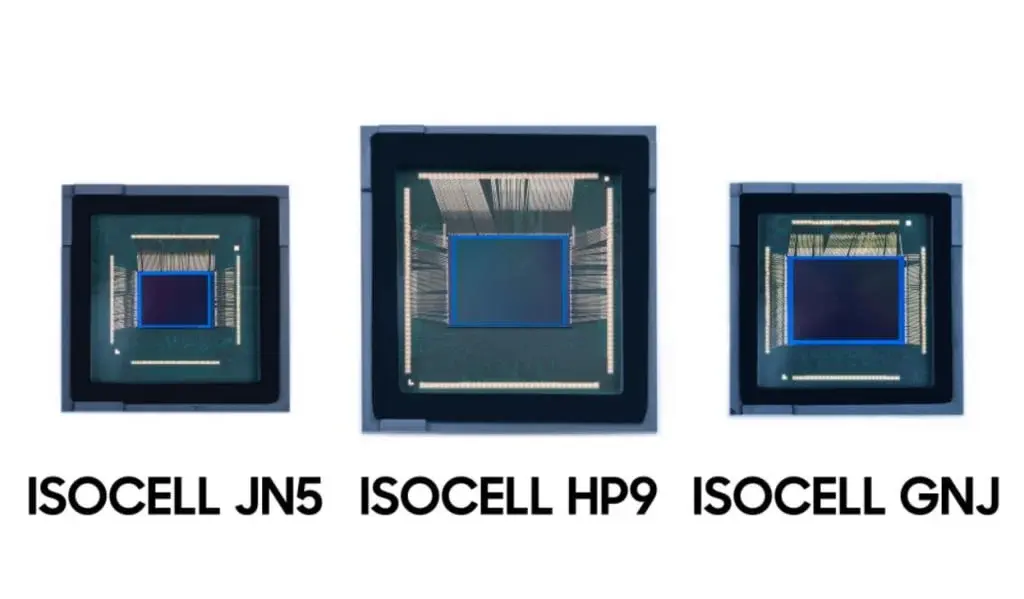Key Takeaways
1. Samsung and OmniVision are emerging competitors to Sony in the camera sensor market, with significant partnerships forming around their products.
2. Sony remains the market leader with a 45% share, while Samsung and OmniVision hold 19% and 11% shares, respectively.
3. Apple consistently chooses Sony for iPhone camera sensors, while Honor is reportedly opting for OmniVision in its Magic8 Pro.
4. Sony’s camera sensor division has seen profit margins drop from 25% to 10%, prompting speculation about a potential sale or public listing.
5. Economic uncertainties and tariff issues may delay Sony’s plans to spin off its camera sensor division, with updates expected later this year.
In the past few years, it’s easy to think that Samsung and OmniVision are competing closely with Sony in the camera sensor arena. For instance, many high-end smartphones today use sensors from all three companies, with the ISOCELL HP9 being the preferred telephoto sensor for brands like Vivo and Xiaomi.
Shifting Partnerships
Similarly, there are whispers that Honor has chosen OmniVision for the main camera in the Magic8 Pro. On the other hand, Apple usually goes with Sony for its iPhone camera sensors, which includes those in the iPhone 16 Pro Max (curr. $1,091 – refurbished on Amazon).
Market Dynamics
Despite this, Sony still leads the camera sensor market, holding about 45% of the share. In contrast, Samsung and OmniVision lag behind with 19% and 11% shares, respectively. Financially, Sony’s camera sensor branch is believed to be valued between $35 billion and $49 billion (JPY 5-7 trillion) based on current exchange rates.
Potential Changes Ahead
However, according to Bloomberg, Sony might be planning to sell off its camera sensor division. They report that a profit margin has fallen from 25% to just 10% in recent years. Bloomberg states that Sony could list this division publicly as Sony Semiconductor Solutions Corp, while possibly keeping a minority stake in it.
It seems that Sony’s higher-ups haven’t settled on a clear strategy yet. The economic turbulence and uncertainty stemming from ongoing tariffs in the United States might lead the company to delay its spin-off plans for now. Nonetheless, we should likely receive updates on this situation later this year.
Source:
Link










